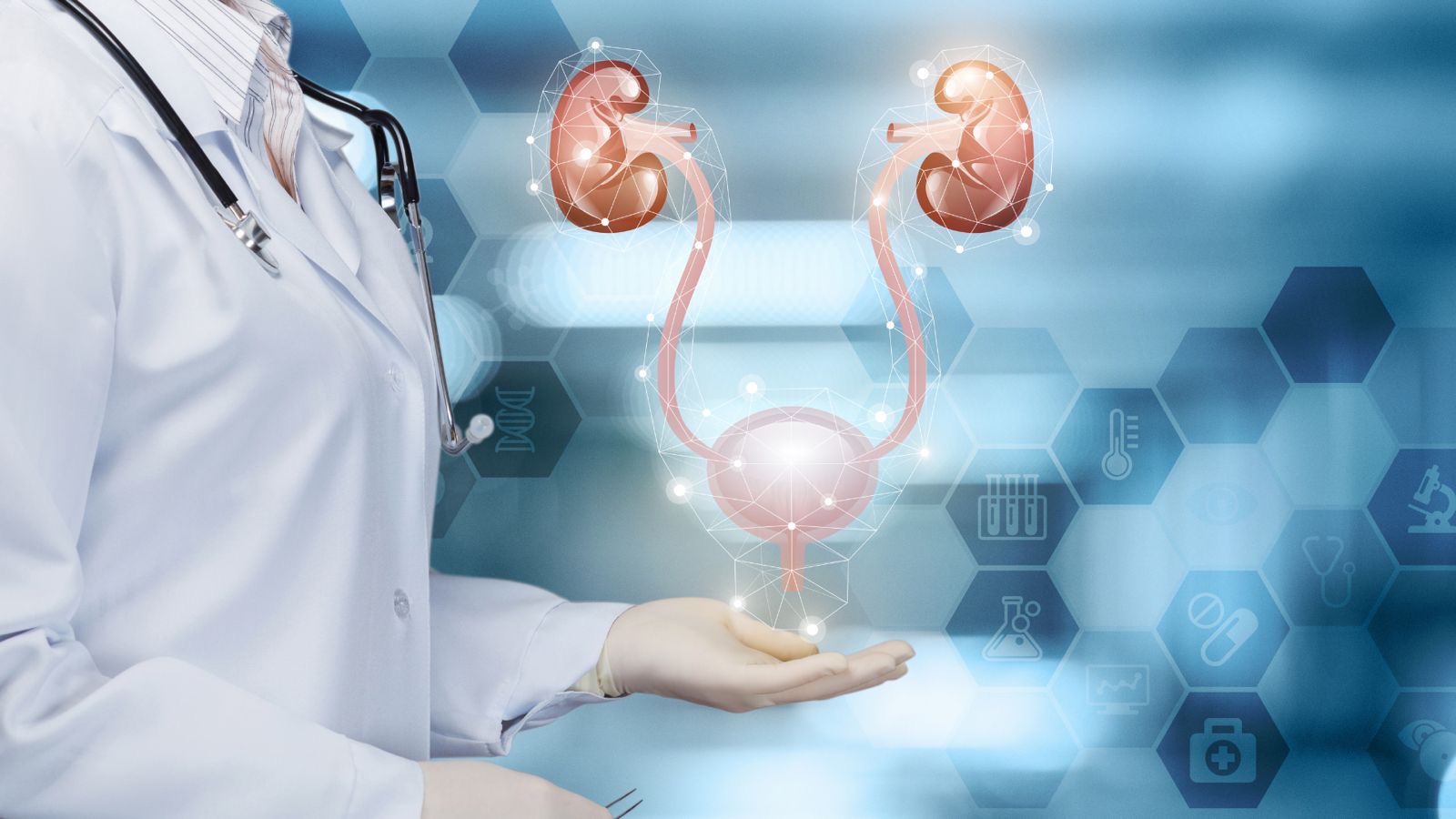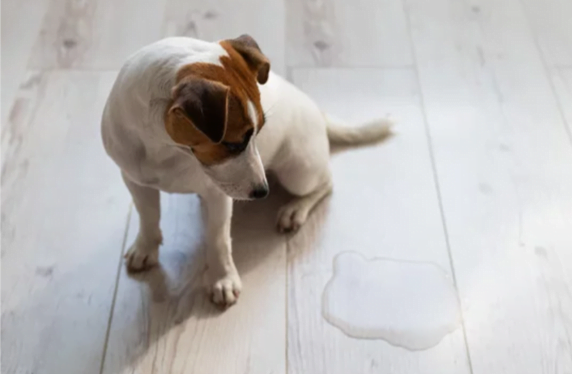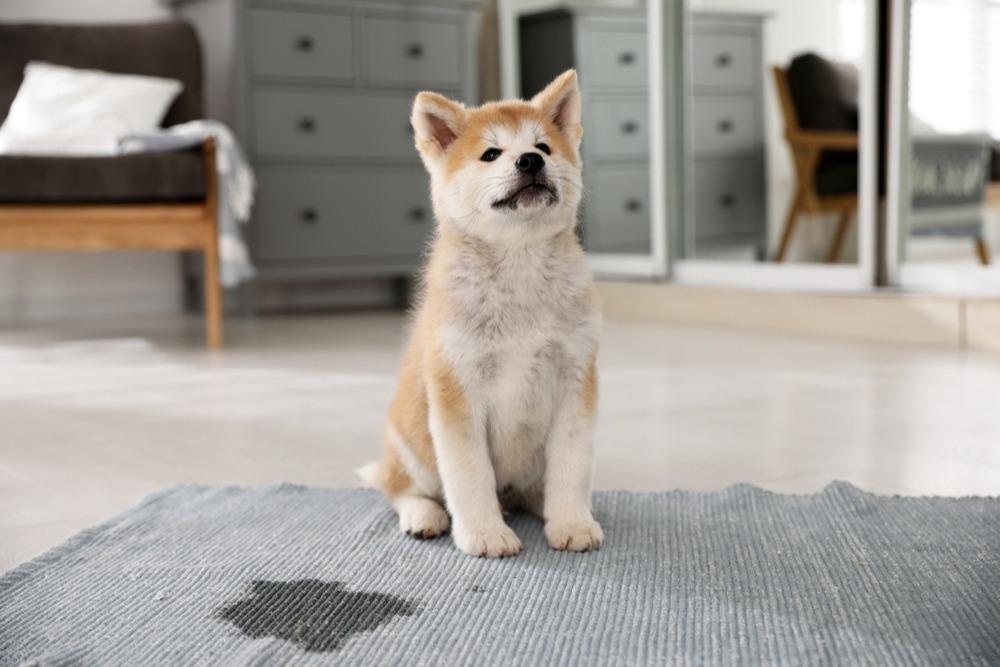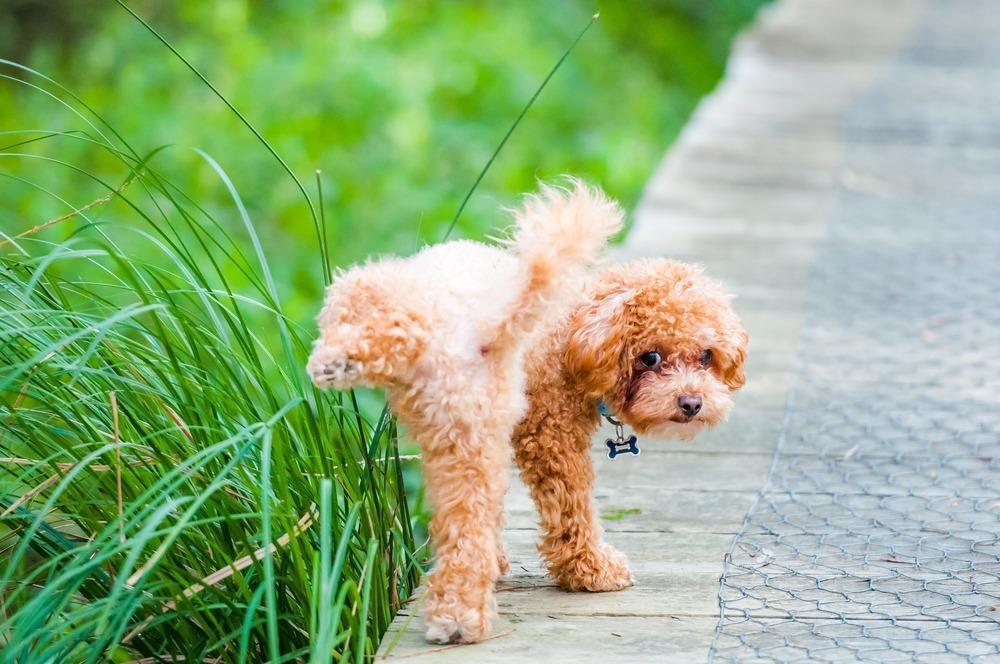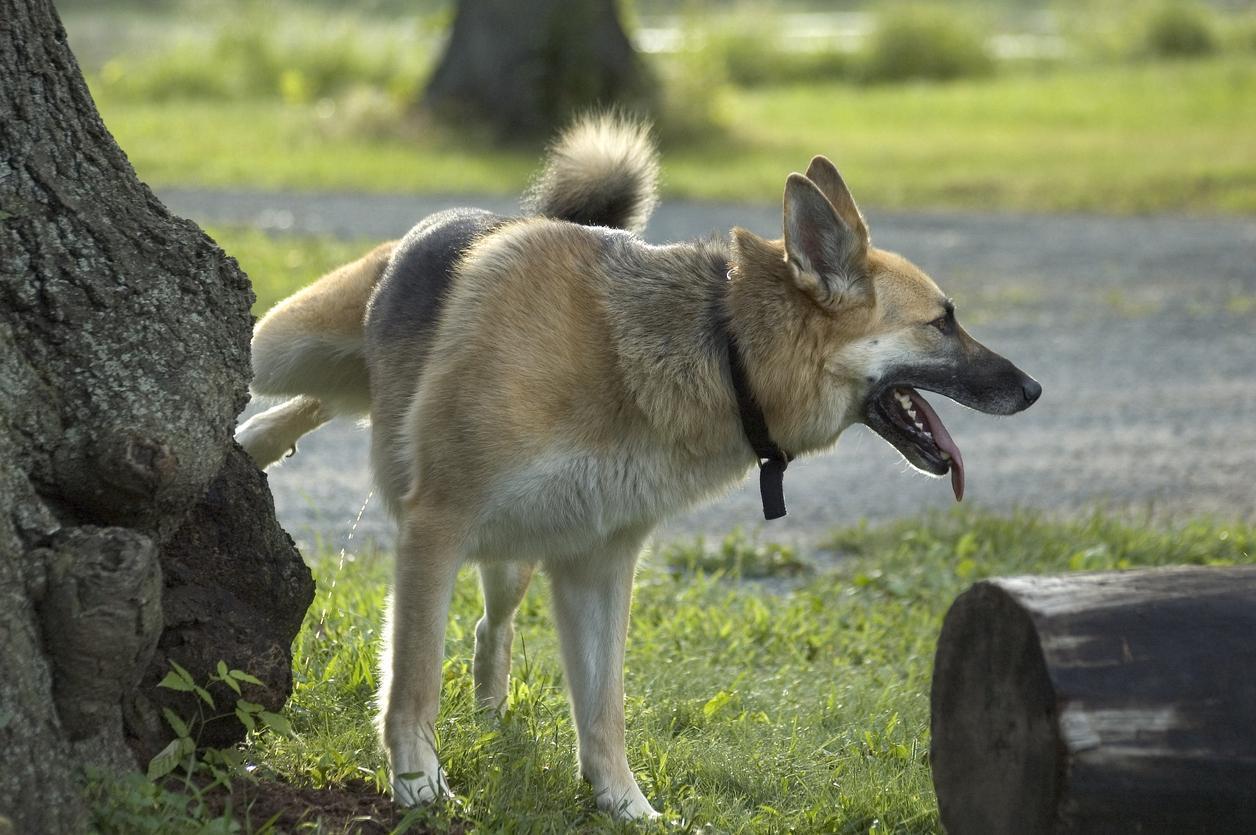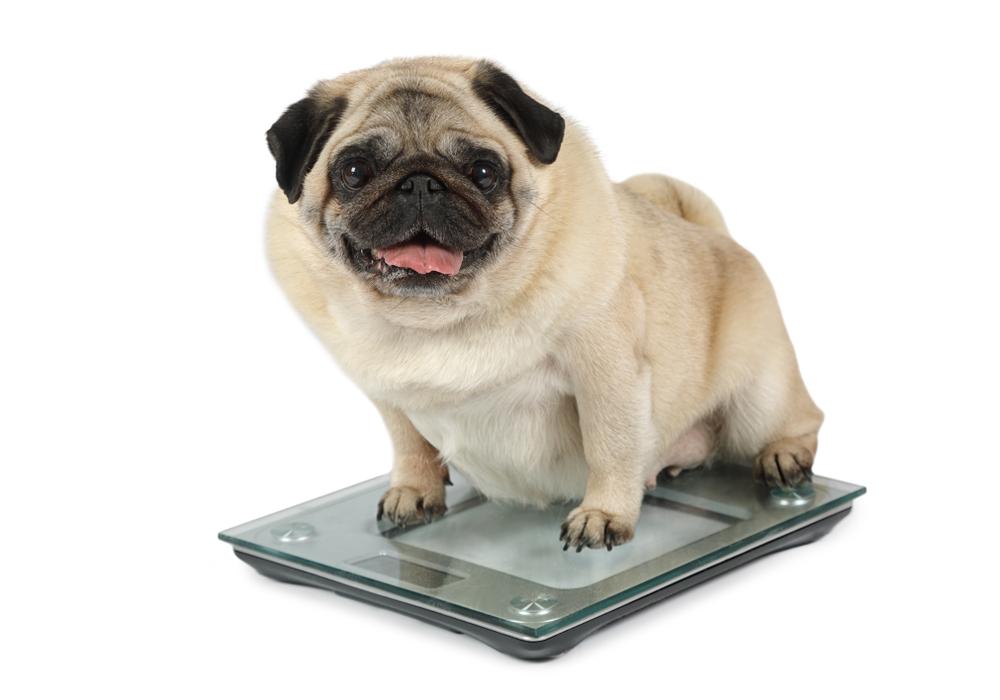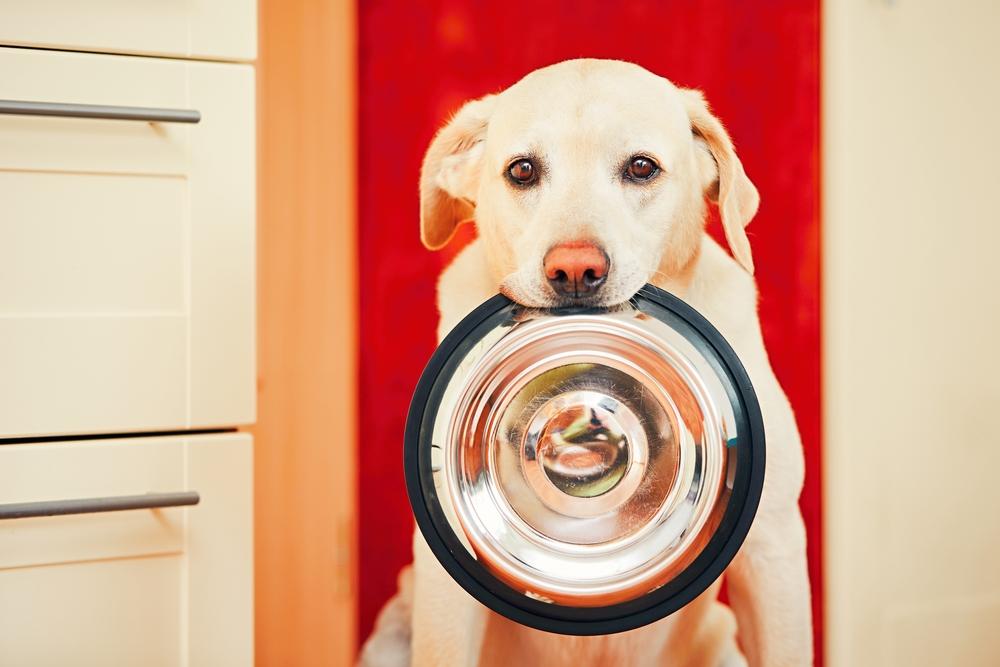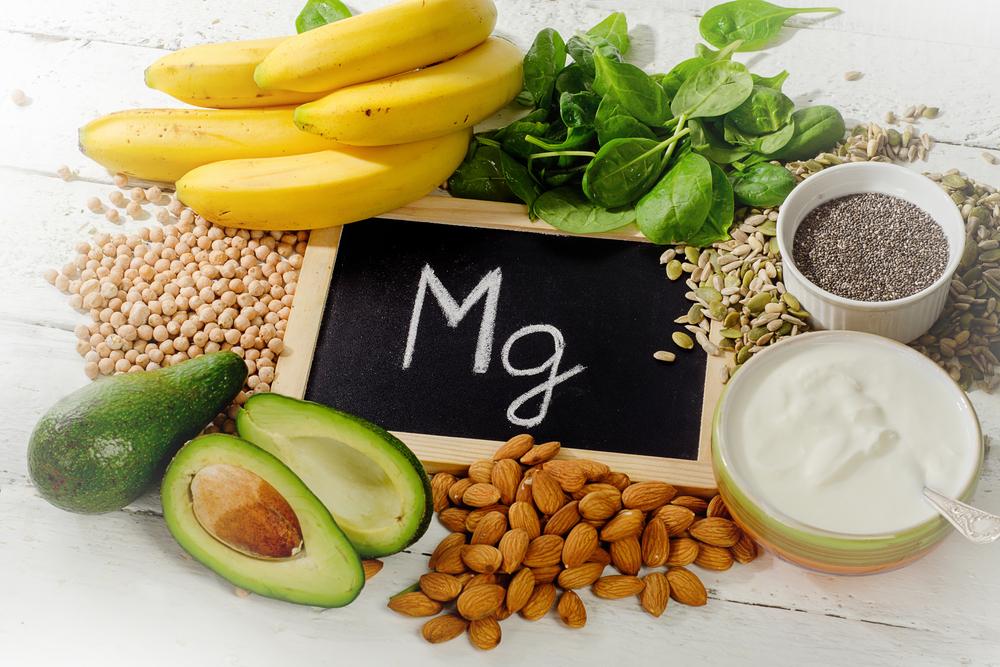Here at My Pet Nutritionist, we don’t like to leave any stone unturned – pun not intended! When it comes to a diagnosis of bladder stones/crystals, it can feel like you’re embarking on a never ending journey. You will find lots of information on each type of bladder stone found in dogs, but this blog post focusses on Struvite Stones.
What are Struvite Crystals/Stones?
Struvite Crystals are the most common type of crystal found in dogs, and when combined with Urease, a bacteria-produced enzyme, struvite stones are formed. Struvite crystals being present in the urine by themselves, aren’t much of a worry, however when they are combined with the aforementioned Urease, struvite stones do become a problem, and require treatment.
Struvite stones also develop as a result of infection by other bacteria types including Proteus, and Staphylococci strains.
There are two other names you may see for Struvite Stones, and these are due to their chemical make up; these are:
- Magnesium-ammonium-phosphate
- Triple phosphate
Female dogs are more at risk of developing struvite stones, with a staggering 85% of cases being seen in female dogs! Dogs with recurring UTIs (urinary tract infections) are also among the most likely to develop struvite stones.
Symptoms of Struvite Stones
A range of different symptoms may occur if your dog develops struvite stones, including:
- Blood in urine
- ‘downward dog’ position indicating stomach pain
- Frequent urination
- Urinary incontinence/urinating in unusual places
- Difficulty urinating
- Regular licking of the genitals
- Increased thirst
- Nausea
Findings Here
How Do They Form?
Struvite Stones thrive in an alkaline environment. When looking at the pH of your dog’s urine using a pH test strip, alkaline urine will show as a blue or purple tone. The healthy range of canine urine is between 6.5 and 7, which is neutral, or very slightly acidic. Anything above pH7 is alkaline.
When the body undergoes bacterial infection in the bladder, ammonia is produced, which in turn causes the pH to become more alkaline, allowing the formation of struvite stones to occur.
Findings Here
Diagnosis of Struvite Stones
The easiest way to diagnose struvite stones in dogs, is via X-Ray, however sometimes this isn’t possible due to other parts of the body getting in the way of a clear image. X-Rays use radiowaves, and produce Radiographs (hence those who take the images are known as radiographers!). Struvite stones are radiodense, which means they would show up very easily in X-Rays.
In cases where X-Rays are not possible, the veterinarian may use ultrasound on the bladder area. Before scans, the veterinarian may give a coloured liquid to the dog which dyes the stones, making them more visible.
The accompanying step to working out the type of stone present, is through urinalysis. Urine samples are needed to find out if any bacteria or crystals are present – this can help determine the type of stone, since bladder stones aren’t very easy to tell apart through imaging alone. If a sample of a stone is taken, this can be analysed by a veterinary laboratory for an official diagnosis of stone type.
Findings Here
What Can the Vet Do?
Much like the removal of another type of bladder stone, the Cysteine Stone, the vet may suggest surgical removal. The surgical procedure is called a Ureteroscopy, during which a very small instrument is passed through the bladder and up the Ureter, pushing the stone out in the process.
Alternatively, the pet may be opened up, and large stones causing blockages will be removed by hand.
For a non-surgical, less invasive approach, the vet may recommend a procedure known as a urohyrdopropulsion.
This procedure is usually most successful on medium to large dogs, and involves two catheters being placed in the dog; one up the urethra, and the other in the urethral lumen. A finger is inserted into the rectum to push against the urethra, causing a build up of pressure and a tight seal. Once a tight seal is made, saline water is flushed through the catheters, and the bladder is palpated, flushing the small stones out.
Although this method requires anaesthesia, it is preferred for smaller stones as it is much less invasive than surgery.
Findings Here
Your veterinarian may suggest a diet change too – however they may wish to sell you a ‘prescription’ dry food diet. This is where fresh feeding is paramount, as dry foods have a low meat content, and low moisture – both of which are essential in abundance for a dog with bladder stones! Let’s take a look at diet, and supplements to help prevent Struvite Stones.
Supporting the Body, and Preventing Struvite Stones
When it comes to supporting the body with the aim to reduce the risk of recurring Struvite Stones, we need to look at the diet, as well as suitable supplementation.
Diet
Dogs with any bladder stones, require a high moisture diet! Fresh feeding, whether that’s raw or gently cooked, allows for meals to be suitably high in moisture. You may even wish to ‘float’ the food – meaning you add extra water to it.
The other benefit of providing a fresh diet, is the high meat content. Feeding a predominantly meat based diet is essential for those suffering from Struvite Stones as meat naturally encourages a more acidic environment in the bladder.
Some ingredients to consider including in your dog’s diet, to promote an acidic environment include:
- Chicken
- Pork
- Beef
- Eggs
- Fish
- Venison
Meanwhile, it’s best to avoid more alkaline food like:
- Broccoli
- Carrot
- Cucumber
- Pumpkin
- Kale
- Sweet potato
- Apple
- Banana
- Cabbage
- Pumpkin
We have two recipes balanced to FEDIAF, which are ideal for those with struvite stones –
Low Fat Fish and
Low Fat Venison.
Supplements
A number of supplements can be very useful in the combatting of Struvite Stones.
- Gut Health supplements are one of the most important ones to give, as with almost any condition, a healthy gut microbiome helps. When urea is excreted into the gut passage, it is broken down by the bacterial colonies in the gut. If these are unbalanced, excess urea is not going to be broken down sufficiently, creating the alkaline environment we are trying to avoid. Our Gut Guardian supplement contains mucilage herbs for gut healing, as well as soil based probiotics for a healthy microbiome. You can read more about the association between the gut and urinary tract health in our blog here.
- Apple Cider Vinegar (the ‘the mother’) may help acidify the urinary tract, as well as having fantastic anti-microbial properties.
- Cranberry Extract is high in proanthocyanidins, which have been proven to reduce bacteria which may contribute to the formation of Struvite Stones from crystals.
- Methionine is a fantastic acidifier. It is an amino acid which is heavily involved in acidification of the urinary tract.
- N-Acetyl Glucosamine is thought to reduce inflammation in the urinary tract, ultimately supporting bladder health.
- Some herbs are also thought to aid the prevention of struvite stones, including nettle, plantain leaf, and cleavers. These are great for general urinary/bladder health.
Findings Here
Findings Here
Findings Here
Findings Here
Findings Here
We hope this blog post has cleared up a potentially misty path for you, should your dog have been diagnosed with Struvite Stones. If your dog has recurring Struvite Stones, please don’t hesitate to book in with one of our team!
Team MPN x 
